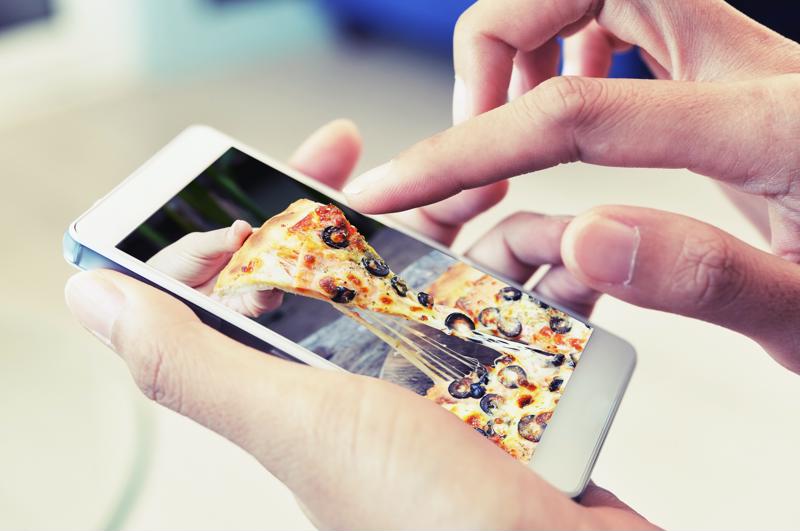A ghost restaurant may sound like an ominous topic, something that might be explored in a horror movie. There's no reason to fear this concept, however. The ghost in question has to do with how this professional kitchen serves its clients. Prospective and current culinary school students in Austin and beyond should understand what this idea means, how it may influence the culinary world going forward and why it reflects larger dining trends.

What is a ghost restaurant, exactly?
A ghost restaurant is a business that only provides its dishes for purchase through a delivery service. Occasionally called a dark kitchen, this type of restaurant may be a dedicated facility that doesn't have front-of-house staff or a publicly accessible entrance. It can also be only a different name and identity attached to an existing restaurant. In this case, it may offer a general food focus and specific menu items that aren't available at the more well-known restaurant itself. A ghost kitchen may also be a larger commercial kitchen space that fulfills orders for a number of different types of food, which are presented as different restaurant concepts through third-party food delivery services like Grubhub and DoorDash.
One example of a ghost restaurant is the proposed, unnamed fried chicken-centric concept created by national barbecue chain Famous Dave's, as MSN reported. Although Famous Dave's features fried chicken on its main menu, it's major focus is barbecue. This type of market segmentation and focus on providing a highly desirable food specifically for delivery is a result of increasing spending on that type of eating. The popularity of food delivery is on the rise even as eating out remains flat, as we recently pointed out in an article about building a delivery-friendly menu, and it's impacting the culinary world in a number of ways.
Tapping into a growing market is simply smart business for chefs and restaurant owners who want to adapt and maintain relevance in the eyes of consumers. At the 2019 edition of SXSW in Austin, one panel focused on the future of food delivery, the Austin Chronicle reported. The discussion touched on a number of core considerations, including the need to balance traditional preparation and plating with delivery-friendly packaging. The panel also highlighted the ability to use customer data to predict preferences and make relevant recommendations. Most restaurants will have to make a variety of adjustments as these third-party delivery services expand their reach. They offer a new and valuable revenue stream, but also a whole range of fresh concerns and potential problems.
Why ghost restaurants will continue to be important for chefs
Many restaurants and chefs generally want to have their dishes served fresh from the kitchen and in a carefully crafted environment, and with good reason. However, this isn't the only type of dining experience that customers crave. Convenience, ease of access, price and a desire to have food delivered while casually lounging at home or working late at an office are all factors that come into play.
Chefs who want to work their way up the professional ladder after graduating from Austin culinary schools may find ghost restaurants as an increasingly common employment option, should their popularity continue to increase. Understanding why these restaurants exist and how they operate can only help chefs. That's true whether it's to present knowledge of the industry during the interview and staging processes or to avoid such opportunities if a chef feels this type of kitchen doesn't align with their culinary goals.

